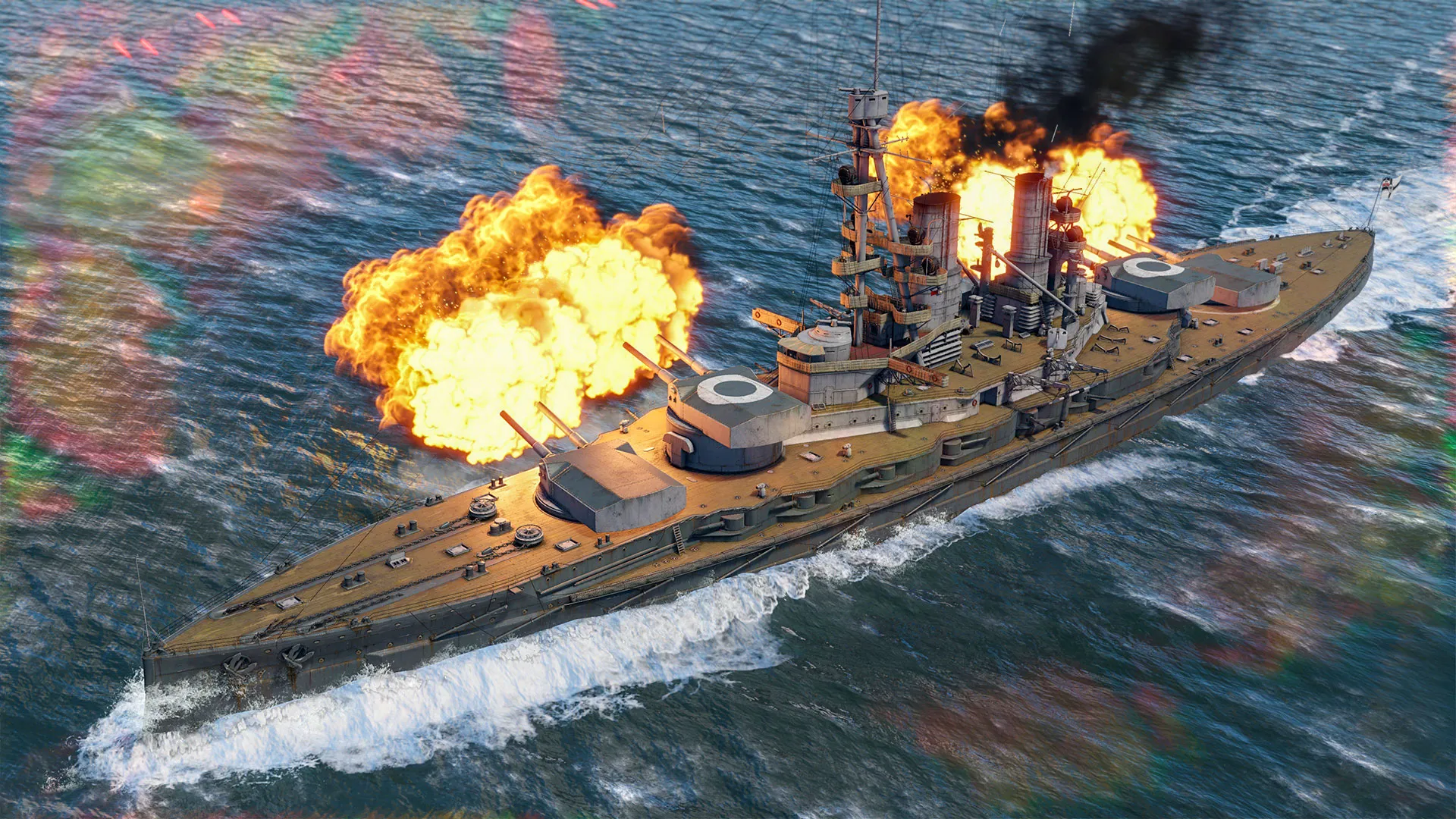War Thunder, Gaijin Entertainment’s behemoth of a combat game, gives players a wide spectrum of warfare experiences, from dogfights in the skylands to clashing titans on the ground. Yet, amid the cacophony of gunfire and the roar of engines, there lies the art of bombing - a role that demands precision, approach, and a knowledge base that separates the novice from the master bomber. This comprehensive guide aims to elevate your bombing technique from rudimentary drops to calculated, devastating blows.
Understanding Bomb Types
In the realm of War Thunder, your arsenal’s diversity is as crucial as your skill in deploying it. Bombs come in various sizes and types, each suited to a specific target or method. Understanding the ordnance at your disposal is the first step in mastering the art of bombing.
General-Purpose Bombs: The jack-of-all-trades in your arsenal. They come in various weights, from the lightweight 100kg to the colossal 5000kg, designed to decimate soft targets like infantry and light vehicles but can also damage structures and fortifications.
Armor-Piercing Bombs: The bane of tanks and armored vehicles. These bombs, often smaller in size, pack a punch with a hardened casing and a delayed fuse, allowing them to penetrate deeply before detonation.
Incendiary Bombs: Perfect for wreaking havoc on supply lines and causing fires in dense forested areas or towns. Their use is more strategic, designed to disrupt rather than outright destroy.
Cluster Bombs: A single bomb that releases multiple smaller bomblets over a wide area. Ideal for targeting dispersed enemy units, such as anti-air installations or ground troops.
Each bomb type requires a different approach and target priority. A master bomber knows not only what to drop but also when and where to deploy their deadly payload.
Strategic Bombing Tactics
Strategic bombing in War Thunder isn’t just about dropping bombs; it’s about doing so with purpose and effect. It involves long-term planning and targeting infrastructure that will cripple your opponent’s ability to wage war.
Target Selection: Prioritize high-value targets such as airfields, factories, and bridges. These targets require heavier bombs but promise greater impact on the battlefield.
Altitude Bombing: High altitude bombing allows you to evade lower-flying interceptors and anti-aircraft fire but demands practice in predicting where your bombs will land.
Night Bombing: While more challenging, bombing under the cover of darkness can reduce the likelihood of interception. It requires knowledge of the terrain and pre-planned flight paths.
The essence of strategic bombing lies in disrupting your enemy’s capabilities and logistics, forcing them to divert resources and providing your allies with a strategic advantage.
Low Altitude Bombing
While strategic bombing calls for the skies, low altitude bombing demands courage and precision as you deliver your payload at eye level with your targets.
Dive Bombing: A high-risk, high-reward technique where you dive toward your target, release your bombs at the last moment, and pull up to avoid ground impact. It requires pinpoint accuracy but delivers devastating results.
Skip Bombing: Ideal for hitting moving targets such as ships. You fly low and fast, releasing your bomb early to skip across the water’s surface into your target. Timing and speed are critical.
Low altitude bombing puts you at risk of anti-aircraft fire and enemy fighters, but the accuracy and impact can be worth the gamble.
Avoiding Fighter Interception
The sky is rife with predators, and as a bomber, you’re a prized target. Evading interception is as crucial as reaching your target.
Situational Awareness: Always keep an eye on your radar and the skies. Knowing where the enemy is, or might be, is your first line of defense.
Escort: Whenever possible, coordinate with fighter pilots to provide cover. A well-timed fighter escort can mean the difference between a successful run and a swift defeat.
Evasive Maneuvers: Learn to make unpredictable movements without sacrificing your bombing path. Simple changes in speed and altitude can throw off an enemy’s aim.
Staying vigilant and unpredictable can greatly increase your survival rates, ensuring your payload reaches its intended destination.
Bombing Accuracy and Precision
The cornerstone of effective bombing is not the quantity of bombs dropped but the accuracy and precision of each drop.
Bombing Sights and Aiming Techniques: Familiarize yourself with the bombing sights in your aircraft. Practice leading your target and accounting for variables such as wind speed and the target’s movement.
Practice Runs: Utilize the game’s practice mode to hone your skills without the pressure of combat. Focus on accuracy over quantity, and you’ll see your effectiveness increase on the battlefield.
Team Coordination: In team scenarios, coordinate with ground forces to identify priority targets. A well-placed bomb can support an offensive or halt an enemy advance, tipping the scales in your favor.
The path to becoming a master bomber in War Thunder is fraught with challenges and demands a blend of skill, knowledge, and plan. By understanding the tools at your disposal, mastering various bombing techniques, evading enemy fighters, and perfecting your accuracy, you’ll ascend from a mere participant in the skies to a feared architect of destruction.
War Thunder’s dynamic combat environment continuously evolves, requiring bombers to adapt and innovate. The journey from novice to master bomber is arduous but rewarding, offering unparalleled satisfaction with every successful bombing run. Embrace the strategies outlined in this guide, refine your skills, and take your place among the elite bombers in the skies of War Thunder.

